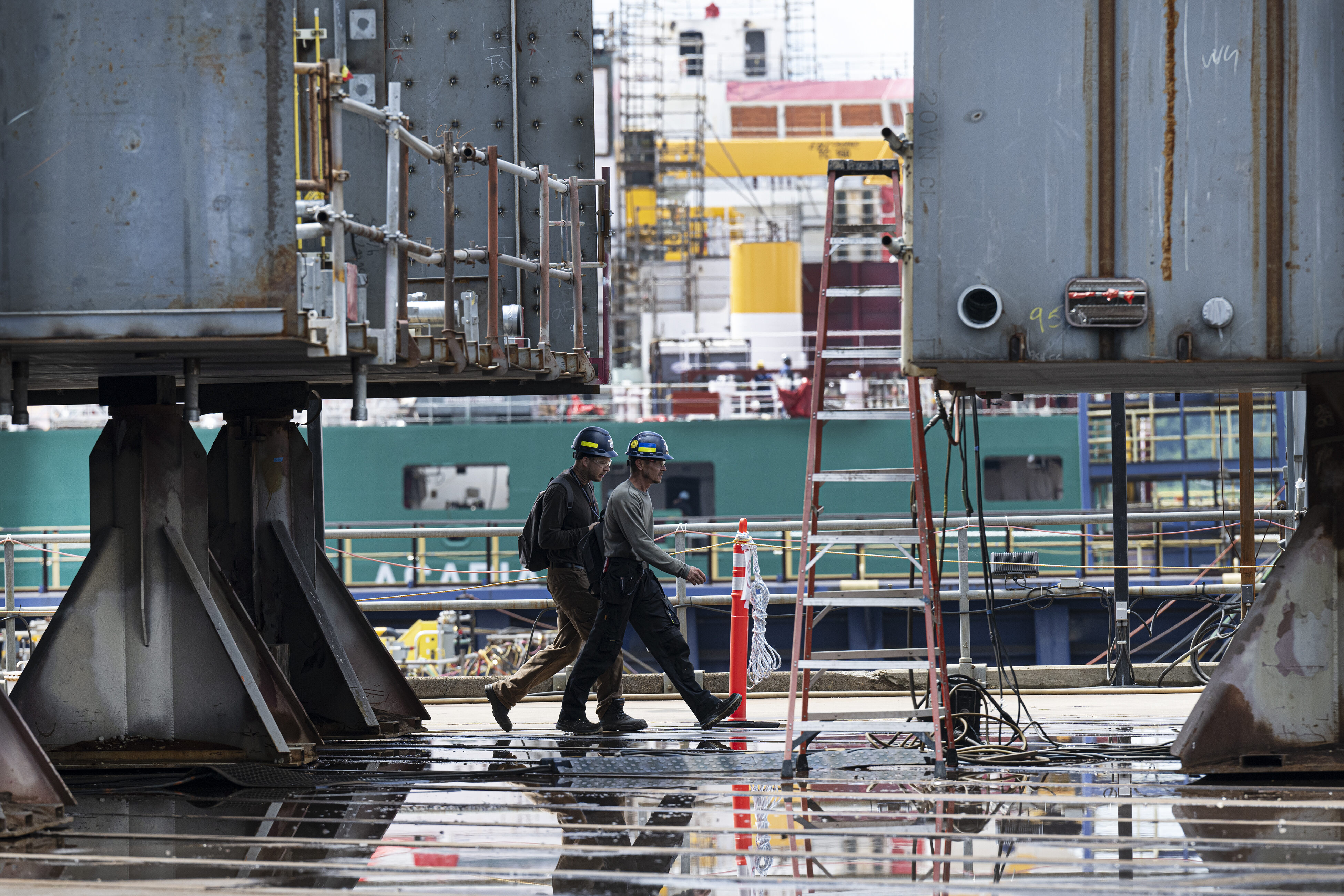Hanwha Expands Shipbuilding in Philly to Boost U.S. Industry

A New Era for Philadelphia’s Shipbuilding Industry
David Kim, a native of Orange, Texas, has always been a fan of the Dallas Cowboys. However, his current role as CEO of Hanwha Philly Shipyard has shifted his focus to revitalizing an iconic industry in Philadelphia. As the leader of this South Korean industrial giant, which acquired the South Philly shipyard for $100 million last winter, Kim is driving a bold expansion that could bring thousands of jobs and advanced technology to the 118-acre site where the Schuylkill River meets the Delaware.
The shipyard, located at a strategic confluence of waterways, is now part of a larger vision that includes new sites nearby. This transformation comes amid a global maritime landscape dominated by low-cost, China-built container and tanker ships, and increasingly patrolled by China's growing navy. The future of the shipyard depends heavily on U.S. government support, including subsidies, orders, and regulations. While President Donald Trump's initiatives and bipartisan backing have shown promise, these policies are still evolving.
Kim faces the challenge of finding reliable U.S. employees who can work up to $40 an hour, with overtime, using sophisticated tools and robots. The yard is 60% owned by Hanwha’s Systems division, which produces military equipment for both South Korea and the U.S., and 40% by its Ocean division, which builds commercial ships. South Korea is a major competitor to China in shipbuilding, with other nations far behind.
The company aims to build both civilian U.S. ships, required under the Jones Act for cargo between U.S. ports, and ships for the U.S. Navy. Although the former Philadelphia Naval Shipyard closed in 1996, the Navy still employs thousands of engineers and technicians in nearby offices. Under previous ownership by Aker, employment dropped nearly to zero, and the yard faced bankruptcy in 2019. However, recent contracts for building ships for the U.S. Maritime Administration and others helped stabilize the situation, leading to 1,800 workers and contractors currently employed at the yard.
Kim’s goal is to add 3,000 more workers over the next decade, even with the introduction of new robots. The yard currently has $1.7 billion in pending orders, enough to keep it busy for years. Kim’s team, composed of veterans from Hanwha’s South Korean yards, is working to increase production speed.
Kim, a former McKinsey & Co. partner and executive at Hewlett Packard and LG, joined Hanwha in 2017. His leadership has brought ambitious growth plans, including increasing the number of ships delivered annually from 1-1.5 to 10. This will involve intensive capital investments, such as constructing modern LNG carriers through technology transfer from Hanwha’s Korean facilities.
Automation is a key focus, with welding automation expected to boost productivity by up to 30%. The yard is also investing in drones, AI, and virtual-reality training. Improvements to Dry Dock 4 and plans to restore Dry Dock 5 with a $300 million to $400 million investment highlight the scale of these efforts.
While the initial purchase of the yard was $100 million, Kim emphasizes that the capital expenses planned for this decade will far exceed those of the past 10 years. The company is actively seeking government subsidies, incentives, and grants to support its expansion.
Hanwha is in discussions with the U.S. Navy about building combat vessels, auxiliary ships, tankers, and supply vessels. Unmanned watercraft are also being considered. The company is exploring additional spaces within the Navy Yard and beyond for warehouses and facilities.
The shipyard is also interested in collaborating with Rhoads Industries, which controls two ex-Navy Yard dry docks. These facilities could provide opportunities for building submarine modules that Hanwha could take on.
Despite changes in federal leadership, Kim believes bipartisan support for shipbuilding subsidies remains strong. He notes that the demand for ships from both the Navy and commercial shippers ensures continued growth.
With a clear vision and strategic investments, Hanwha Philly Shipyard is poised to play a significant role in reshaping the U.S. shipbuilding industry.
Post a Comment for "Hanwha Expands Shipbuilding in Philly to Boost U.S. Industry"
Post a Comment